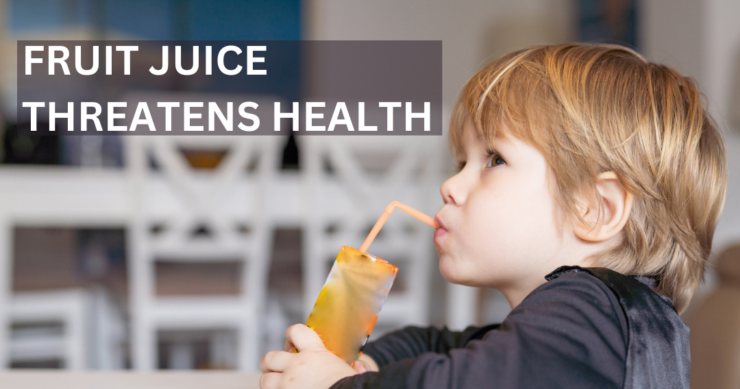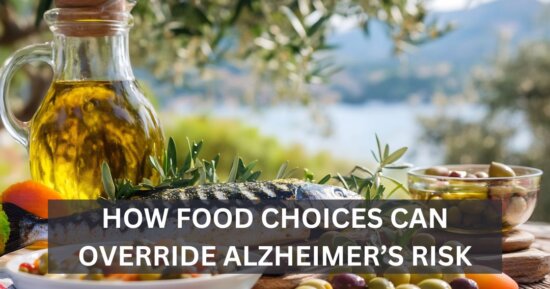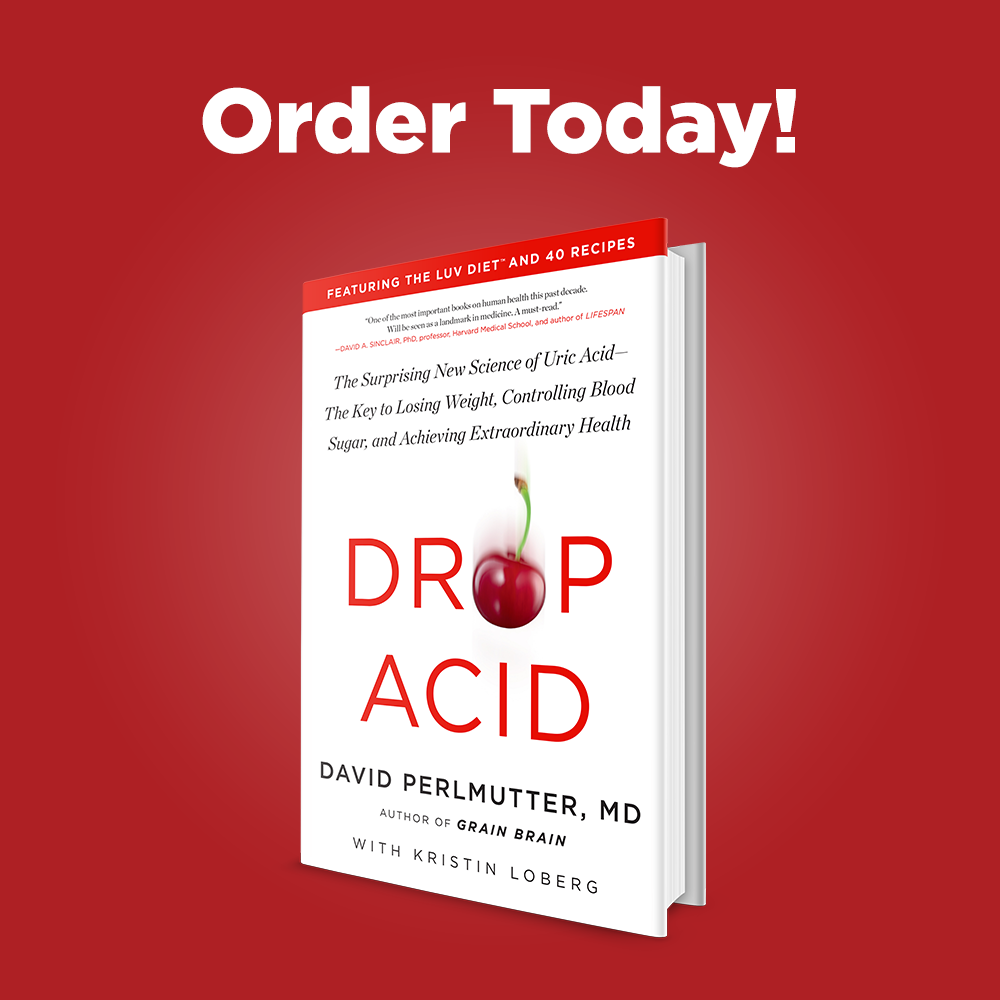Fruit Juice Threatens Health

I travel quite a bit for conferences and meetings and this often means that I have breakfast in hotels. And two things I frequently observe continue to be head scratchers. First, why do the menus still feature egg-white omelets? Hasn’t there been enough published data to refute the silly notion that the cholesterol in the yolk is a health threat? And second, why on earth is fruit juice forced upon us as if it were a healthy practice? As I wrote about in depth in Drop Acid, fruit juice because of its sugar content (like drinking a soft drink) is, frankly, a significant health risk.
A recent study has revealed that drinking one or more glasses of 100% fruit juice daily could lead to weight gain in both children and adults. This conclusion was drawn from an analysis of 42 previous studies and was reported in JAMA Pediatrics, a journal put out by The American Medical Association. The study found that children’s Body Mass Index (BMI), which considers both weight and height, increased with the consumption of 100% fruit juice. A similar trend was observed in adults.
Interestingly, the increase in BMI was relatively small but varied with age. For instance, each additional daily serving of fruit juice was linked to a 0.03 higher BMI in children, with younger kids showing more significant increases.
While the study doesn’t suggest completely eliminating fruit juice from diets, it does recommend moderation to prevent overweight and obesity. One reason for this weight gain might be the consumption of liquid calories. Unlike solid food, these calories in liquid form, such as those in fruit juice, can lead to greater weight gain. Additionally, fruit juice lacks the fiber found in whole fruits, resulting in lower satiety levels and not making one feel as full. And the high levels of fructose (a name derived from “fruit sugar”) stimulates the body to produce higher levels of uric acid. This signals the body to increase fat production while reducing energy expenditure as a survival mechanism.
No, fruit juice consumption in abundance isn’t recommended by the American Academy of Pediatrics’ guidelines. In fact, their guidelines state that for children under 6 years, less than one glass per day is advised (I believe it should be less), and children under 1 year should not have juice at all (consider the ubiquitous apple juice in the baby bottle). For older children, the recommended limits are 4 ounces daily for ages 1 to 3, 6 ounces for ages 4 to 6, and 8 ounces for those 7 to 18 years old.
For those who enjoy the taste of fruit but want to avoid extra calories, the CDC suggests adding a splash of 100% juice to plain or sparkling water to create a refreshing, low-calorie drink. This is good advice.
Again, a sudden load of sugar into the digestive system signals the body to prepare for food scarcity. It turns on an array of mechanisms that reduce fat burning, increase fat formation, increase blood sugar, and actually threaten the very energetics of our physiology by damaging our mitochondria.
Finally, as a commentary, it is really gratifying to see good science in respected journals finally offering up some needed confrontation to those industries that would prefer for us to stay on the sugar highway.













